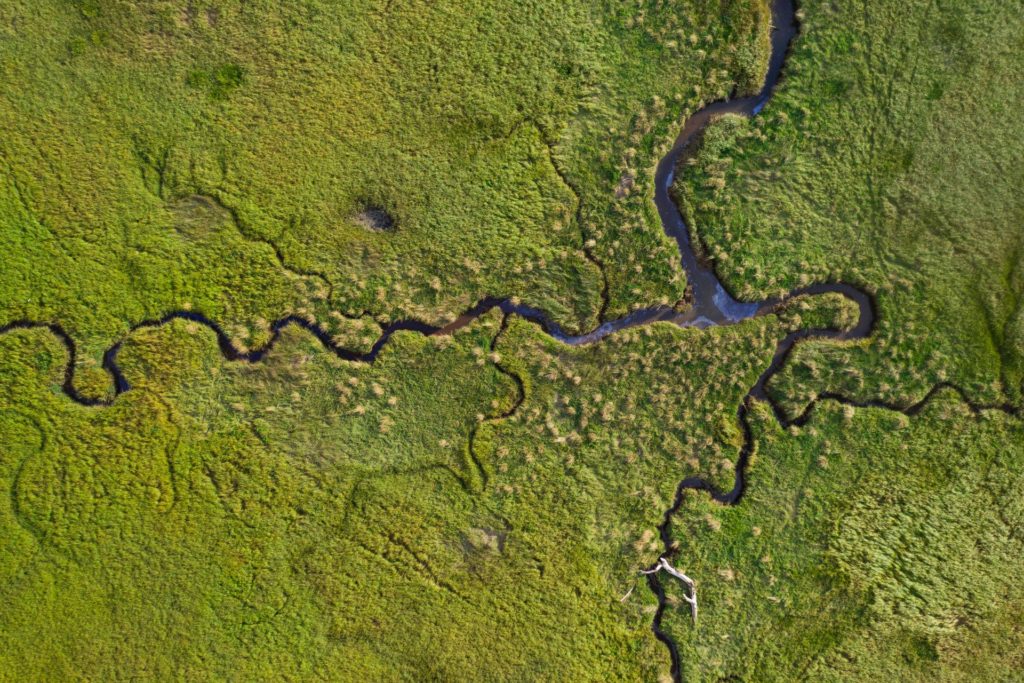Corporations: Balancing Flood Risk with Water Supply

We live in a world of increasing extremes — bigger storms and bigger floods followed by longer and deeper droughts — and nowhere to store the water from flooding for use in times of drought.
Many corporations increasingly need to future-proof for water for their operations — especially those with . And solving this problem for corporations benefits many other basin stakeholders — workers, municipal water users, and farms that supply crucial supply chain elements.
A natural infrastructure portfolio (typically, of restored wetlands in the basin) can be part of the solution for corporations to mitigate these extremes — skimming water from the highs and save it for low periods. The skimming itself also builds resilience against the highs themselves.
Future H2O guides corporations on how to restore and coordinate natural- and built-infrastructure portfolios to future-proof water supplies for their operations.
We quickly model scenarios using world-class hydrologists and deep-learning to give corporations optimized scenarios in a fraction of the time it takes conventional hydrology to build them — and with 95% of the fidelity.
Our deep-learning model gives you a) the ability to look at your top 10 solution spaces with very granular cost-benefit breakdowns, and b) act on those options this fiscal year — not five years down the road.
Li Huang is an ecological geologist and hydrogeologist working on field, theoretical and modeling studies of large scale groundwater surface-water interactions and sustainable water resource management. Li has been using creative solutions to develop and calibrate integrated groundwater-surface water flow models for large basins with pool data, such as using machine learning algorithms to process multi-source datasets; using satellite data to evaluate groundwater storage change; and developing hybrid models to improve simulation of flow dynamics.
Li Huang holds a B.S. in Environmental Engineering from China University of Geosciences, a M.S. in Ecological Geology from Moscow State University and a Ph.D. in Hydrogeology from the University of Alabama.
For more information about ASU Future H2O’s work and research on creating opportunities for global water abundance, subscribe to our newsletter.